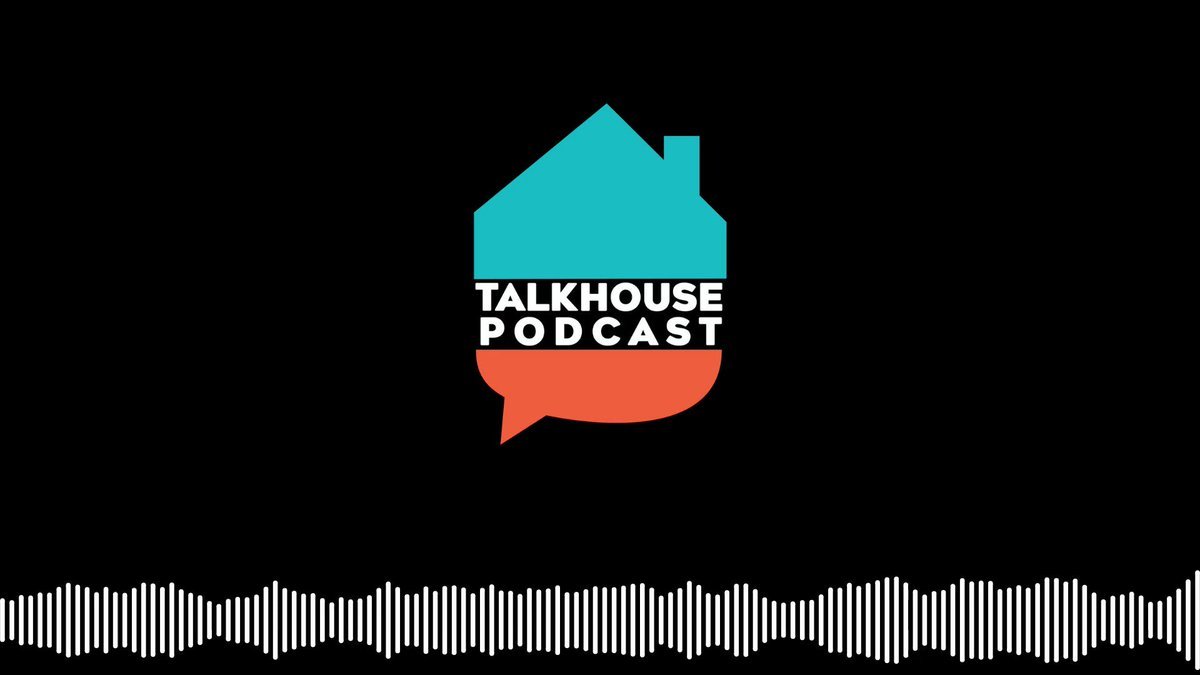Understanding music licensing can seem complicated, but it’s essential for musicians, creators, and businesses. Whether you create music or use it for your projects, knowing how music licensing works helps you avoid legal issues and ensures you use music correctly.

What is Music Licensing?
Music rights grant legal permission to use a piece of music for a specific purpose. When you want to use someone else’s music, you need to obtain a license from the copyright holder. This allows the creator to receive compensation and control over how their music gets used.
You’ll find two main types of music licenses: synchronization licenses (sync licenses) and public performance licenses.
Synchronization (Sync) License
A sync license allows you to use music in sync with visual media, like movies, TV shows, video games, or commercials. If you add music to a YouTube video or a commercial, you need a sync license to do it legally.
For instance, if you make a YouTube video and want to use a song in the background, you must secure a sync license. Similarly, filmmakers need sync licenses to include music in their projects.
Public Performance License
A public performance license lets you play music in public spaces or during public events. This includes live concerts, streaming services, radio broadcasts, and even background music in restaurants. You’ll typically obtain public performance licenses from Performing Rights Organizations (PROs) like ASCAP, BMI, or SESAC.
Public performance licenses allow businesses to play music legally while ensuring artists receive royalties.
Who Issues Music Licenses?
Music publishers, record labels, and Performing Rights Organizations (PROs) issue music licenses, depending on the type of license you need.
- Music Publishers manage a songwriter’s music and issue licenses for using their songs. If you need a license for the composition, a publisher handles it.
- Record Labels issue licenses when you want to use a specific recording. If you need a recording for a movie, ad, or video, a record label provides the license.
- PROs issue licenses for public performances and distribute royalties to the artists and songwriters.
Common Music Licensing Scenarios
Using Music on YouTube or Social Media
When you post a video on YouTube, Instagram, or TikTok with a song, you must secure the necessary licenses. Without proper licenses, platforms may remove your video or issue legal actions against you. YouTube has a system to flag unlicensed music, leading to the video’s removal or the copyright holder monetizing it.
Many content creators use royalty-free music from platforms like Artlist or Epidemic Sound, which provide licenses for using their tracks in videos.
Playing Music in Businesses
If you own a restaurant, gym, or store, and want to play music for customers, you need public performance licenses from organizations like BMI or ASCAP. Businesses must pay for the right to play copyrighted music in public spaces.
Using Music in Film and TV
Filmmakers and TV producers need sync licenses to legally use music in their projects. These licenses cover both the song’s composition and recording. Music supervisors handle the licensing process to ensure projects meet legal requirements.
How to Get a Music License
To get a music license, follow these steps:
- Identify the copyright holder: You need to know who holds the rights to the song. This could be a publisher, record label, or the artist.
- Contact the rights holder: Reach out to the copyright holder or their representative and explain your intended use of the music.
- Negotiate terms: Discuss the fee, duration, and platform where you plan to use the song.
- Sign a contract: Finalize the agreement by documenting the terms in a written contract.
Avoid Common Music Licensing Pitfalls
Purchasing a song from iTunes or streaming it on Spotify doesn’t give you the right to use it in your own projects. Owning a song for personal use differs from securing the legal rights to use it in media.
Royalty-Free Music
Many creators turn to royalty-free music as an affordable option. By paying a one-time fee, you gain the right to use a song without ongoing royalties. You’ll find royalty-free music on platforms like AudioJungle or Bensound.
Conclusion
Understanding music licensing helps you avoid legal trouble and ensures fair compensation for artists. Whether you need to use music in videos, businesses, or creative projects, securing the right licenses protects both you and the original creators.




